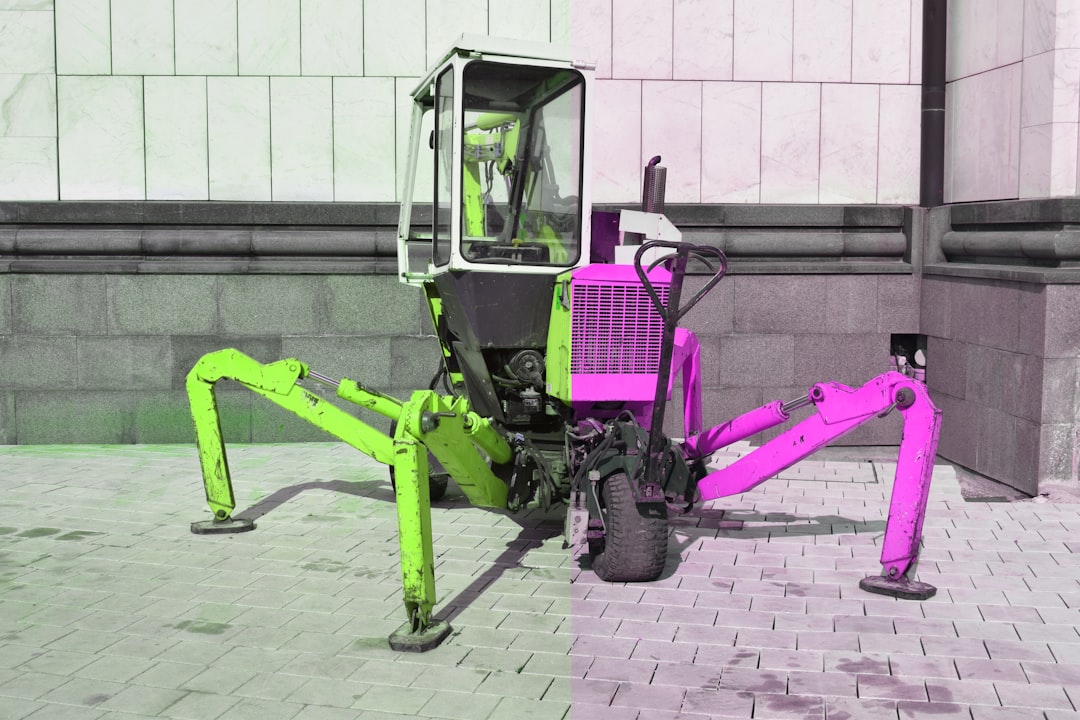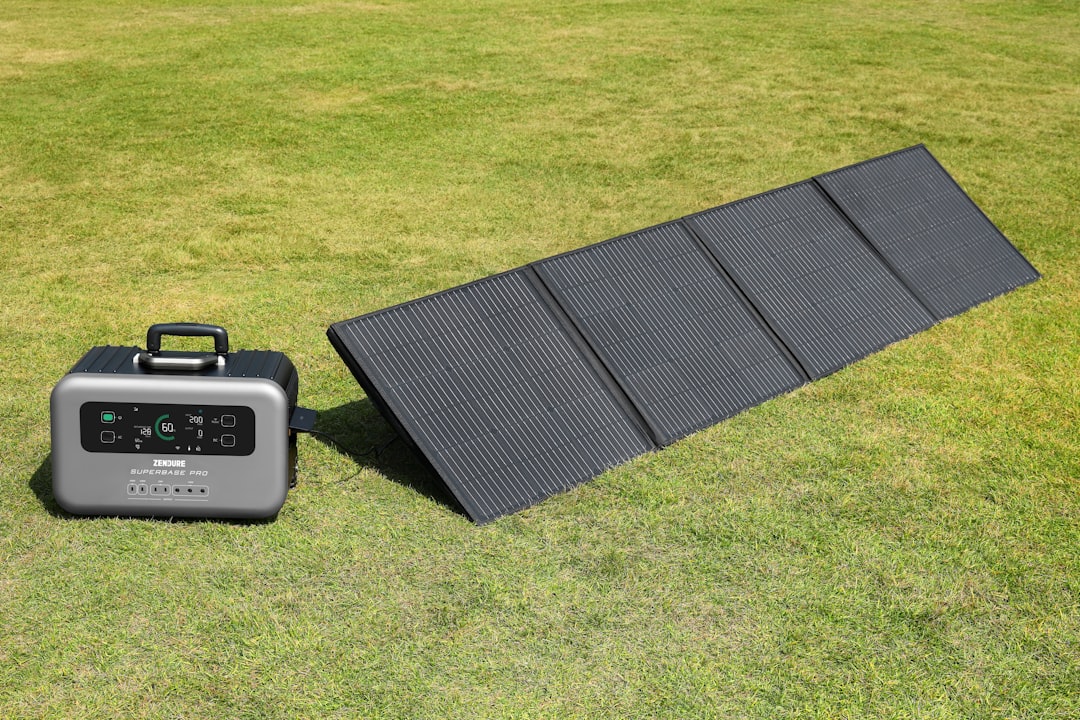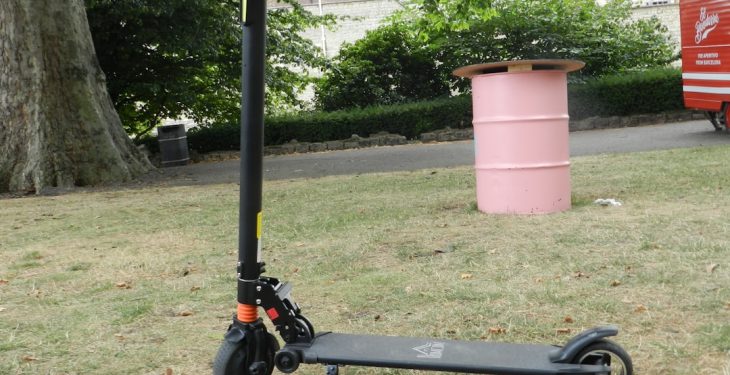As technology continues to transform everyday chores, one area experiencing significant innovation is lawn care. Remote or robotic lawn mowers are fast becoming more than just futuristic gadgets; they are reliable tools that promise convenience and efficiency for homeowners and property managers alike. However, for potential buyers, two of the most critical concerns are battery life and terrain handling capabilities. In this article, we will conduct a thorough review of how modern remote lawn mowers perform in these two vital areas.
Understanding Battery Life in Remote Lawn Mowers
The introduction of lithium-ion batteries has dramatically improved the performance of remote lawn mowers. However, battery life still varies based on multiple factors, including mower size, brand, cutting width, terrain type, and weather conditions.
What Influences Battery Life?
To evaluate a mower’s battery life accurately, it is essential to consider:
- Battery Capacity (Ah or Watt-hours): Larger batteries with higher amp-hour or watt-hour ratings typically last longer.
- Motor Efficiency: Energy-efficient brushless motors can extend battery life.
- Cutting Blade Resistance: Longer, thicker grass causes more resistance, reducing battery performance.
- Environmental Factors: Inclines, wet grass, and high humidity can all shorten operational time.
Most residential robotic lawn mowers offer a runtime of 60 to 120 minutes per charge. Commercial models can extend this to as much as 5 hours, but often at the cost of larger, heavier batteries that take longer to recharge.
Charging Times and Efficiency
Another consideration is how long the battery takes to recharge. Common recharge times are:
- Homeowner Models: Usually require 60 to 180 minutes to fully recharge.
- Commercial Units: May need upwards of 4 to 6 hours, although some higher-end models include fast-charging technology.
Optimizing the charge-discharge cycle is critical for maintaining battery health. Most mowers today come equipped with battery management systems (BMS) that regulate power consumption, protect against overcharging, and balance cell usage to preserve long-term performance.
How Terrain Affects Remote Lawn Mower Performance
The terrain of your lawn plays a pivotal role in determining whether a remote lawn mower will perform effectively and efficiently. Some machines are designed for flat suburban yards, while others are equipped to handle rugged, uneven ground.
Types of Terrain and Their Challenges
- Flat Lawns: Ideal for most models with basic navigation systems. Provide optimal conditions for battery usage and even cutting.
- Inclines and Hills: Require mowers with powerful drive mechanisms, often defined by motor torque and wheel traction design.
- Uneven or Rocky Surfaces: Only specialized models designed with adaptive suspension or high ground clearance can navigate safely.
- Wet or Muddy Grounds: Increase slippage and battery consumption; in some cases, can damage the mower’s internals if not waterproofed appropriately.
Manufacturers usually specify the maximum incline their mowers can handle, commonly ranging from 20% to 45% (or approximately 11 to 24 degrees). It is crucial to match mower abilities to the topography of your lawn to avoid issues with coverage and mobility.

Traction and Navigation Technology
The next layer of consideration lies in how well a mower navigates different terrains. Modern models use various combinations of wheel types and navigation systems:
- High-Traction Wheels: Often rubberized or patterned to improve grip on slopes and slippery surfaces.
- Terrain-Adaptive Sensors: Help identify obstacles or changes in elevation, adjusting movement and cutting behavior accordingly.
- GPS-Assisted Navigation: Allows precise coverage planning and reduces unnecessary overlap or battery usage.
- Boundary Wire and Virtual Mapping: Offer defined movement paths, ensuring the mower does not stray into non-lawn areas.
For multi-terrain properties, a mower equipped with a terrain-responsive navigation algorithm can deliver significant performance advantages and energy savings.
Battery Versus Terrain: Finding the Right Balance
Choosing the best remote lawn mower means finding the right balance between battery life and terrain handling. A large battery in a mower with poor terrain adaptability may lead to inefficient results, just as excellent traction on a mower with short battery life can result in incomplete mowing cycles.
Tips to Maximize Performance
Here are some strategies to improve your lawn mower’s effectiveness:
- Segment Larger Lawns using virtual boundaries or app controls so that the mower completes manageable sections within a single charge cycle.
- Regular Maintenance of blades and wheels to reduce resistance and improve energy efficiency.
- Plan Mowing Schedules during optimal weather—dry and overcast days help reduce power consumption.
- Upgrade to Multi-Zone Capable Models for properties with distinct terrain sections.
Some high-end models like the Husqvarna Automower 450XH or the Worx Landroid WR155 offer AI-powered features that adapt automatically to lawn conditions, optimizing both route and power usage.

Future Developments in Battery and Terrain Technology
The industry is making strides toward extending battery life and improving all-terrain capabilities. Some anticipated developments include:
- Solid-State Batteries: Offering greater capacity, safety, and faster charging times.
- Hybrid Power Systems: Integrating solar charging panels or docking stations for less grid dependency.
- AI Terrain Learning: Using machine learning to identify and memorize patterns in terrain disturbances like dips, inclines, and natural barriers.
- Multi-Sensor Fusion: Combining GPS, gyroscopic, and topographic inputs for seamless terrain adaptation.
These advancements will not only extend runtime but also make robotic mowers smarter and more adaptable to diverse lawn environments, from beachfront properties to mountainous estates.
Conclusion: Making an Informed Decision
Remote lawn mowers are no longer novelties but practical tools capable of maintaining a well-manicured lawn with little human intervention. However, the two most critical performance factors remain battery life and terrain handling. These attributes are interconnected, with the challenging terrain often placing higher demands on battery resources.
Before purchasing, carefully assess:
- Your yard’s terrain (flat, hilly, mixed)
- Your need for runtime per charge
- Available charging time and schedule
- Whether features like GPS mapping or obstacle sensing are necessary
As innovation continues to redefine what automated mowing can achieve, understanding these core components will help you choose a unit that not only fits your landscape but also provides sustainable, long-term value.
